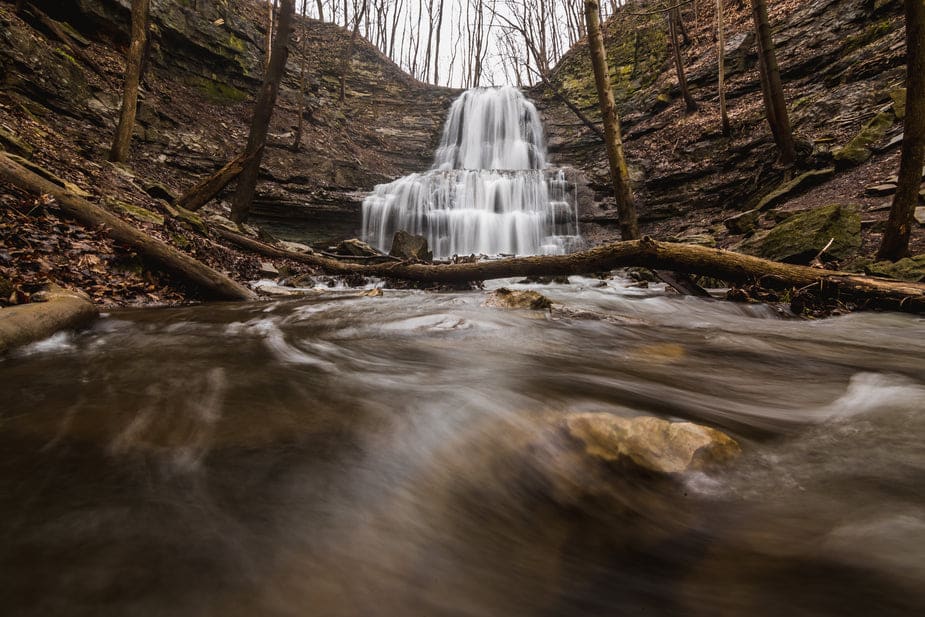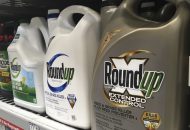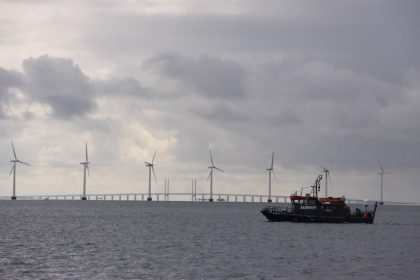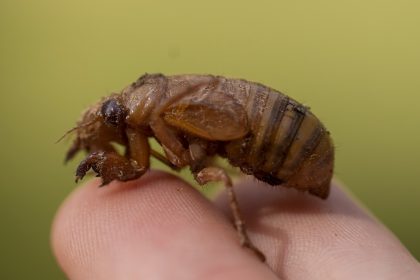Colorado, Snake Rivers Top Most Endangered Rivers List

WASHINGTON — American Rivers, a nonprofit environmental organization, published its annual Most Endangered Rivers list of the 10 most-threatened rivers in America. The organization contends that climate change and adverse industrial and human activity has caused the rivers’ situation to become dire.
The Colorado, Snake, Mobile, Coosa, San Pedro and Mississippi rivers are among those on American Rivers’ top 10 endangered list, all of which are threatened due to higher temperatures and drought, outdated river management, and overallocation of limited water supplies.
“No matter where you live in the United States, your rivers and your drinking water are affected by climate change,” Tom Kiernan, president of American Rivers, said at the announcement.
Topping the list is the Colorado River, which provides drinking water for 40 million people, irrigates 5 million acres of farm and ranch land, and supports a $1.4 trillion economy. This lifeline for the Southwest flows through seven states and nine national parks on its way to the sea. But it is so overtapped that it dries up nearly 100 miles from its mouth at the Sea of Cortez. There is simply not enough water to meet its current needs, and things are only anticipated to get worse as hotter and drier conditions continue in the Great Basin.
“It’s hard to overstate the importance of this river,” Kiernan stressed. “All of our lives — our quality of life in the Southwest — depend on it.”
The Snake River in the west and Maine’s Atlantic salmon rivers, also included on the list, are obstructed by dams that disrupt their river flows and create high reservoir temperatures that encourage invasive predators and kill salmon. Dams on the Snake River were installed to enable barge transportation in the mid-1900s. In addition to navigation benefits, the dams are the largest source of clean, renewable electricity in the Pacific Northwest, helping the region limit its greenhouse gas emissions. Still, American Rivers feels these benefits do not outweigh the devastation to salmon populations.
The Snake River once produced 40% of the prized chinook salmon and steelhead trout in the Columbia River Basin, and Maine’s Atlantic salmon rivers were once teeming with salmon and other sea-run fish. Without action, dams on these rivers severely reduce juvenile salmon survival.
The Mobile River is threatened by leaking coal ash from a pond at Alabama Power’s Plant Barry. Federal law now bans ponds in the types of locations such as Plant Barry’s, and Alabama Power’s own testing shows that the coal ash site at Plant Barry is already leaking and contaminating groundwater above the legal limit. Even so, the company has chosen to cap-in-place the pit in lieu of having it dug up, remediated and moved, and the Alabama Department of Environmental Management approved this action.
“Alabama deserves better. The nation deserves better,” Kiernan said.
American Rivers is pushing for full remediation. They are also calling for coal ash, which currently has a “nonhazardous waste” designation, to be declared hazardous.
The Coosa and Mississippi rivers are also threatened due to waste, though these are largely from poultry farms and farm fertilizers, respectively. Water contamination, habitat degradation and destruction are also alarming concerns at Tar Creek, which once supported a rich ecosystem but now is a Superfund site filled with mining pollution.
The Lower Kern, San Pedro and Los Angeles rivers complete the 10 Most Endangered Rivers list (not necessarily presented in order).
Drought, flood, contaminated water supplies for tens of millions of people, and the extinction of the freshwater habitats of diverse wildlife are among the threats facing all American rivers, but especially these 10, as industrial waste, adverse human activity and climate change compound the challenges they face.
“Don’t trivialize it by calling it the new normal,” Kieran said. “It’s the new abnormal.”
Kate can be reached at [email protected]
























